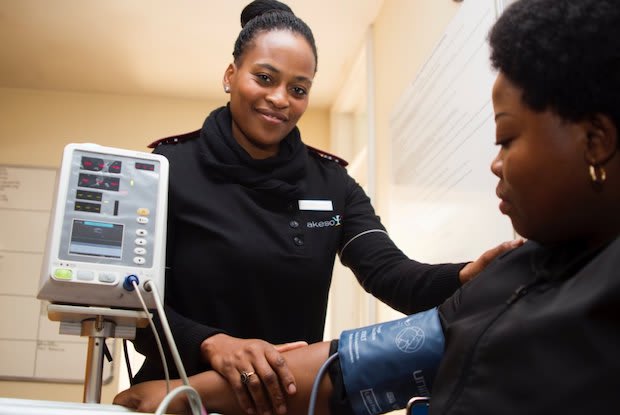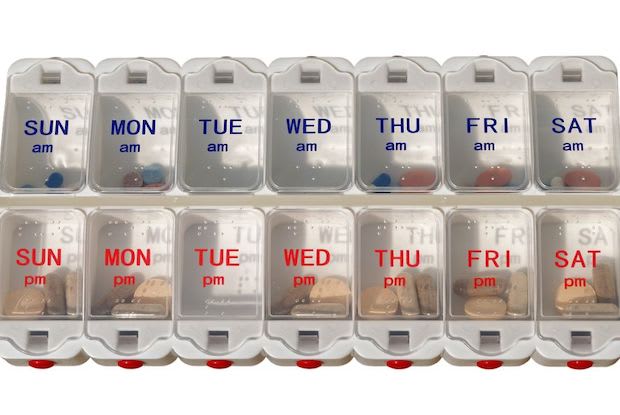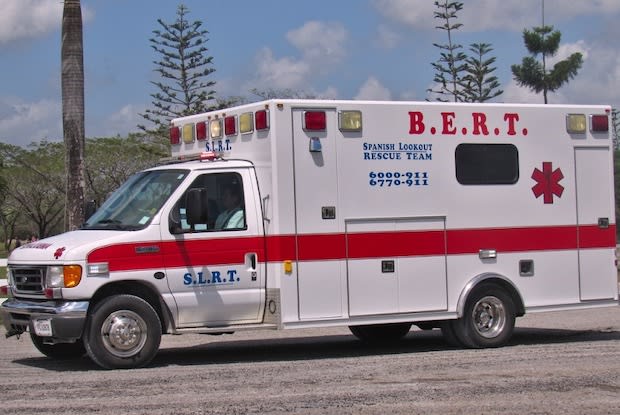Table of Contents
a. Atrial Fibrillation (A-Fib)
a. Things to Know Before Taking Eliquis
Eliquis (generic name: apixaban) belongs to a family of medications known as “blood thinners” in everyday speech. However, Eliquis doesn’t exactly make blood less viscous. But it does help prevent your risk of a dangerous blood clot.
Fast and affordable Eliquis prescriptions can be purchased through a Canadian pharmacy and delivered straight to your door. Eliquis is not yet available in generic form in the United States, but you can purchase generic Eliquis through Rx Connected. If Canada does not have the prescription you need, safe and approved prescriptions from affiliate countries like the United Kingdom and Turkey.
Continue reading to learn more about what Eliquis is and how it works. Prefer the shorter version? Scroll down to our infographic for a summary of basic facts.
Eliquis (generic name: apixaban) is mainly used to reduce the risk of stroke and systemic embolism in patients with nonvalvular Atrial fibrillation, as well as clotting disorders like Deep Vein Thrombosis (DVT) and Pulmonary Embolism (PE). Clotting disorders may be a concern if you’ve recently undergone surgery. So your doctor may prescribe you Eliquis following a surgical procedure. [1] Atrial fibrillation (also known as “A-fib”) is a heart rhythm condition where the upper chambers of your heart, the atria, do not work properly. This results in the heart beating too fast or too unsteadily. This means there is a disruption in the flow of the blood that can cause abnormal pooling and circulation of the blood and all its clotting agents. [2] Symptoms of atrial fibrillation include:
What Does Eliquis Treat?
a. Atrial Fibrillation (A-fib)
Get savings updates for Eliquis
People with A-fib are five times more likely to get a stroke. A stroke is when a blood clot prevents oxygen-rich blood from reaching the brain. That’s why doctors prescribe medications like blood thinners to decrease a patient’s chances of having a blood clot, and therefore a stroke.
Blood clot conditions include deep vein thrombosis (DVT) and pulmonary embolism (PE). Eliquis is designed with preventing these in mind.
b. Deep Vein Thrombosis
According to the American Academy of Orthopaedic Surgeons, deep vein thrombosis (DVT) “occurs when a blood clot forms in one of the deep veins of the body.” [3] The most common location for a DVT is in your lower legs or thigh. [4]
Reasons for this development include:
- Injury or damage to the vein
- Slowed or stopped blood flow in the vein
- Injury in the tissues around a vein
- Sometimes infection
You may be at an increased risk of developing a DVT if you injure your lower body or have a surgery done to your lower body; a vein may get injured as a result of surgery or accident.
Other things that increase your risk of DVT include:
- Being immobile for a long time after a surgery, which causes blood to pool and clot in your lower extremities
- Having a condition that increases likelihood of clotting, such as cancer or pregnancy
- Taking certain medications
- Older age
- Smoking
- Traveling for long periods of time, but this is a very mild risk [5]
Blood clots can occur when something upsets the clotting, unclotting balance in our blood, such as the events noted above. There’s a delicate balance always occurring within that system. Other clots may form around rare events such as when there is a foreign matter in the veins. For example, depending on the type of surgery, if tissue debris, fat, or collagen gets into the veins, blood may thicken (coagulate) around it.
This is a natural process designed to help you fight against potentially harmful foreign substances. So what’s the big problem with having a blood clot in your leg? Well, the clot can break off and travel to your lungs, causing a pulmonary embolism (PE).
c. Pulmonary Embolism (PE)
Pulmonary embolisms are sudden blood clots that occur in a lung artery. [6] It is a very serious condition and may result in permanent lung damage. Oxygen levels in the blood may drop to dangerously low levels, which may then damage other organs as the arteries fail to provide enough oxygen to them.
According to the National Heart, Lung, and Blood Institute, half of the people who get a PE do not experience symptoms. But if you do, you may experience:
- Difficulty breathing
- Chest pain
- Severe coughing
- Coughing up of blood
- Elevated heart rate for no apparent reason
- Fever of unknown cause
Understanding the symptoms of DVT can help you recognize your risk of PE. The symptoms of DVT are:
- Swelling, pain, redness, or tenderness in the leg
- Thickened vein called a “cord”
However, many people don’t experience any symptoms at all.
Because DVT and PE can be so potentially dangerous, depending on the patient’s history, many doctors prescribe patients with a type of medication called a blood thinner to prevent them from happening, which leads us to Eliquis.
How Does Eliquis Work?
Eliquis or generic Eliquis is an anticoagulant (“blood thinner”) meant to prevent blood clots from forming. It does this by interrupting the body’s natural blood-clotting process.
a. The Clotting Cascade
Many of us learn in school that when we get a cut, substances called platelets in our blood get busy to stop the bleeding. However, the “plug” created by platelets is only a temporary repair of your blood vessel. The permanent (and more complex) repairing process is called coagulation or the “clotting cascade.”
The clotting cascade is so-called because it’s a domino chain of events. These events trigger each other through substances called factors. Factor Xa is one very important factor in this series. Eliquis works by blocking factor Xa, which in turn interrupts the clotting cascade and lowers your chance of developing a harmful blood clot.
So you’ve been prescribed Eliquis. How does one go about taking it? Your Eliquis regime may differ from another patient’s. It is extremely important to talk to your doctor about your particular treatment plan and make sure you understand it. The following is general information only and should not be taken as medical advice. For some people, the risks associated with Eliquis outweigh the benefits. Remember to talk to your doctor if you are: These precautions are not exhaustive. For your safety, answer your doctor’s questions as best as you can and pay attention to any follow-up instructions. Don’t be afraid to ask questions! Your dosage of Eliquis can depend on many things, but most patients take it twice a day and generally for 35 days following a hip replacement surgery and for 12 days following a knee replacement surgery. Unless otherwise directed by a health-care professional, here are other things about Eliquis you should know: Eliquis helps prevent harmful blood clots, but by doing this, it can also cause you to bleed more easily. Use extra caution while taking Eliquis. Try to avoid risky activities that can cause injury, such as extreme sports. Use proper protection when using sharp tools. No medication is without risk. But if you’ve been prescribed Eliquis, your doctor has determined that the benefits of Eliquis outweigh its potential risks. However, to keep yourself safe, you can also keep in mind the following. Unless otherwise directed by your health-care professional, take your missed dose as soon as you remember. However, if it’s almost time for your next scheduled dose, simply skip the missed dose. Don’t double your dosage to make up for a missed dose. And as always, if you’re unsure, or are having any unusual symptoms from the missed dose, call your doctor as soon as possible. Depending on why you’re taking Eliquis, it could be that you need another medication to bridge your last dose with your next dose or a short alteration to your medical plan from your doctor. So be sure to speak with your doctor if this should occur. Symptoms of taking too much Eliquis can include the following: If you suspect overdose at all, find professional medical help right away or call your local poison control hotline. To prevent children from accessing this medication, keep it stored in a child-proof container and out of their reach. Many drugs interact with each other and sometimes these interactions can cause negative effects. That’s why it’s important to disclose all drugs you take to your doctor, including prescription drugs, over-the-counter medications, recreational drugs, vitamins, supplements, and herbs. Drugs that may interact with Eliquis include: Don’t stop taking Eliquis unless your doctor tells you to, even if you feel good. DVT and PE may have no symptoms. You may still be at risk for a dangerous blood clot. As mentioned before, taking a blood thinner like Eliquis can make it easier for you to bleed. This can be dangerous. To be safe, make sure you tell any surgeon that you take Eliquis. This includes dental surgeons. Your physician may recommend adjusting your Eliquis dosage and/or frequency. Remember, any procedure can trigger excessive bleeding. In fact, tooth extractions can bleed a fair amount, as do injuries to the head. Even a simple finger cut will seem like a fair amount of bleeding without Eliquis, with it, even more so. Procedures that may pose a risk include, but are not limited to: It’s also smart to tell your family and friends you take Eliquis, or to keep a card with your medical information close on hand. For example, iPhones have a Health app where you can list the medications you take and the conditions you have. This enables health-care providers to get the critical information they need to treat you properly if you are incapacitated. DISCLAIMER: The content in this article is intended for informational purposes only. This website does not provide medical advice. In all circumstances, you should always seek the advice of your physician and/or other qualified health professionals(s) for drug, medical condition, or treatment advice. The content provided on this website is not a substitute for professional medical advice, diagnosis or treatment.
How to Take Eliquis
a. Things to Know Before Taking Eliquis

b. Eliquis Dosages
Eliquis Cautions
a. Missing a Dose of Eliquis
b. Eliquis Dosage

c. Overdose
d. Interactions
e. Stopping Eliquis

f. Eliquis and Surgery

